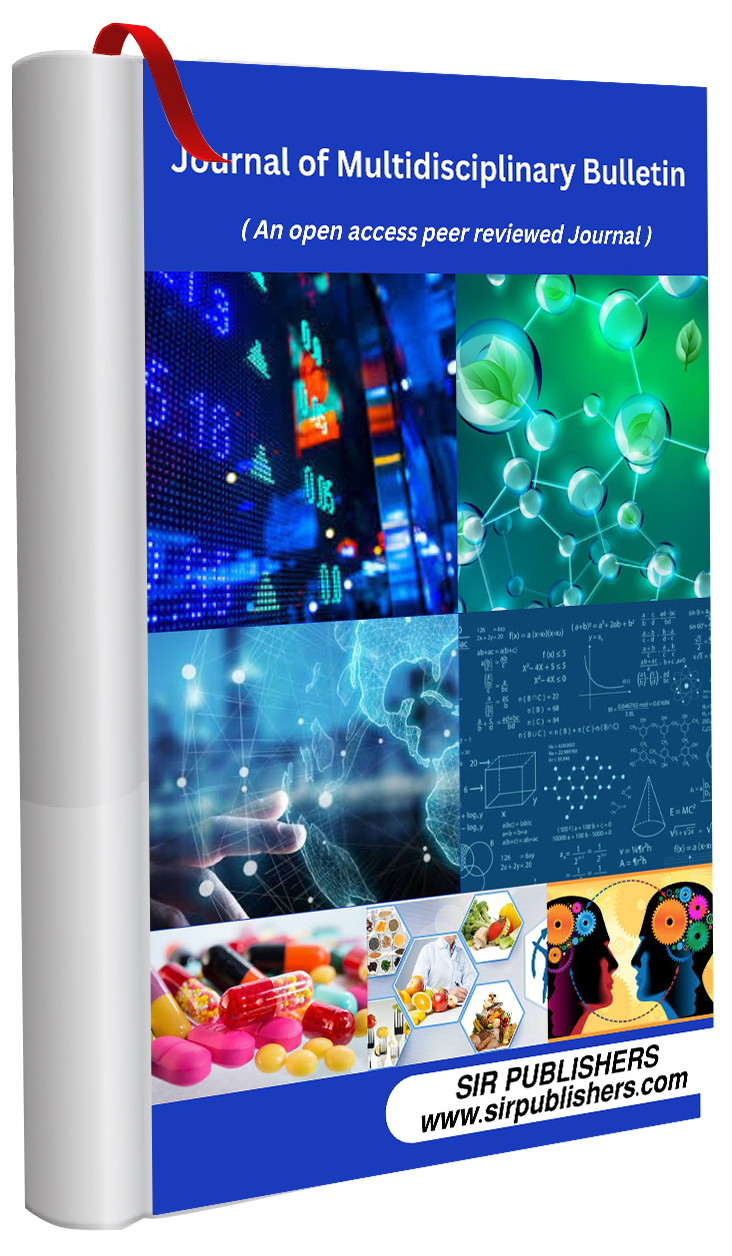THE ART AND SCIENCE OF UZBEK PILE WEAVING: TECHNIQUES, SYMBOLS, AND IDENTITY
Abstract
Uzbek pile weaving (tukmali gilamchilik) represents one of the most intricate and culturally rich traditions in Central Asian textile art. This article explores the historical development, technical processes, symbolic meaning, and regional identity encapsulated within Uzbek pile carpets. Drawing from ethnographic, archaeological, and technical sources, the paper aims to deliver a scholarly understanding of the art form while emphasizing its ongoing relevance in contemporary cultural preservation and economic sustainability.
References
Allchin, B. (1994). The Archaeology of the Silk Road. Oxford University Press.
Bruggeman, E. (2012). Woven Jewels: Tribal Rugs from Central Asia. Amsterdam Ethnographic Press.
Eiland, M. L., & Eiland, M. B. (1998). Oriental Carpets: A Complete Guide. Thames & Hudson.
Maksudov, A. (1986). Gilamchilik san'ati: An'analar va rivojlanish yo'llari. Toshkent: Fan.
Mumford, J. (2003). Nomads and Textiles: Cultural Narratives of Central Asia. Smithsonian Institution.
Summers, A. (1994). The Technical Evolution of Central Asian Carpet Weaving. Textile History Journal,25(2),117–135.
Tsaeva, N. (1998). Traditional Dyeing Techniques of the Silk Road. UNESCO Cultural Heritage Series.
Umarhojiyev, H. (2025). AI and Carpet Heritage Preservation in Uzbekistan. Zarif.ai Research Papers.









